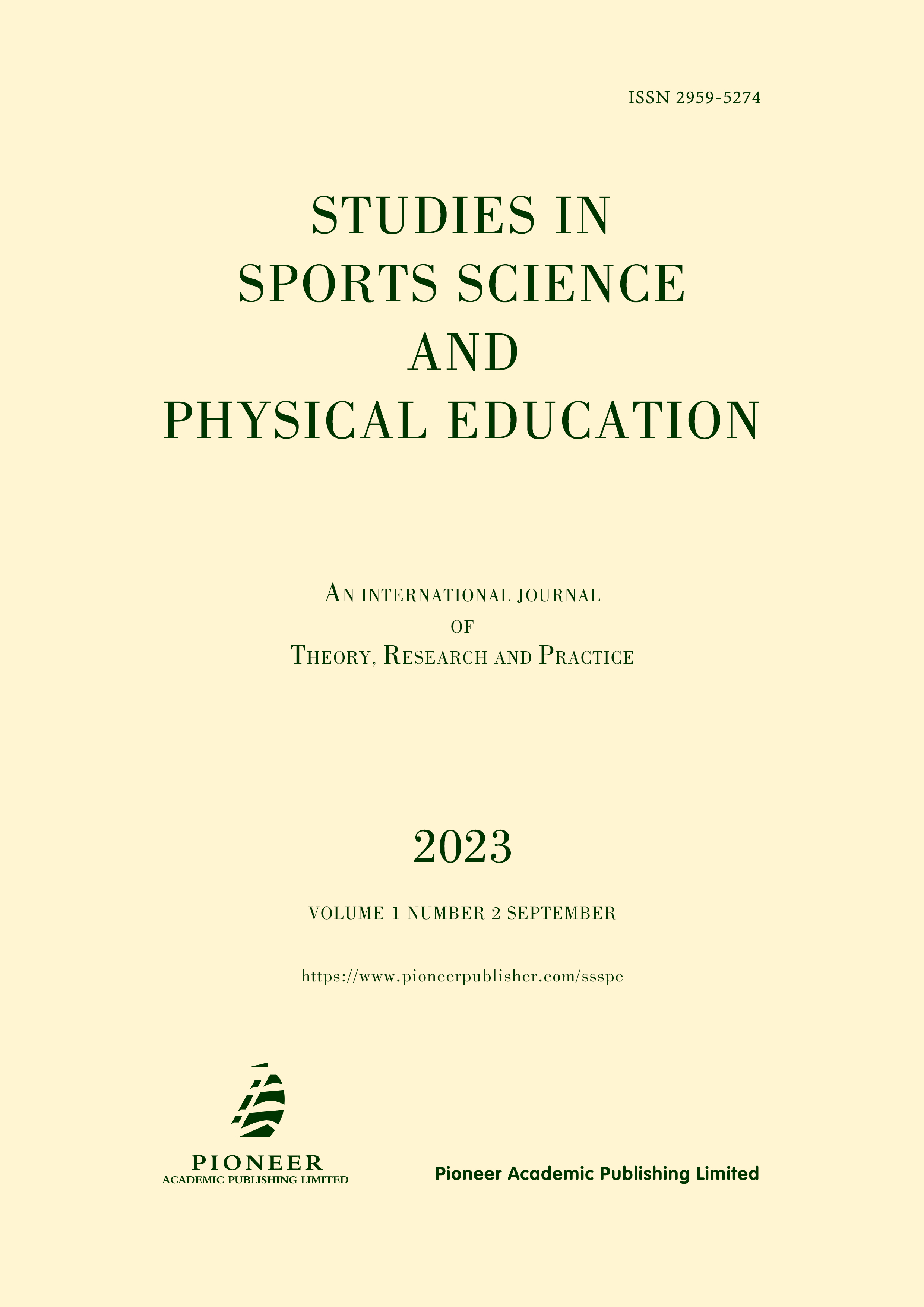Biomechanics of the Ankle: Exploring Structure, Function, and Injury Mechanisms
Keywords:
ankle injury, biomechanics, assessment techniques, interventions, personalized medicineAbstract
This paper provides an overview of the biomechanical considerations related to ankle injury prediction, prevention, and rehabilitation. Firstly, we discuss the biomechanical factors that contribute to ankle fractures, including loading patterns and bone density. We then explore various biomechanical assessment techniques, such as motion analysis, force measurements, and imaging modalities, which can be used to predict injury risk, guide treatment decisions, and monitor rehabilitation progress. Additionally, we examine biomechanical interventions, including bracing, taping, muscle strengthening, and proprioceptive training, which have proven effective in improving ankle stability and preventing injuries. Furthermore, we highlight the emerging technologies of wearable sensors and computational modeling, which offer new avenues for assessing ankle biomechanics and personalizing interventions. Ultimately, this paper emphasizes the integration of biomechanics with personalized medicine as a promising approach for optimizing ankle injury prevention and rehabilitation outcomes. However, further research is needed to address unanswered questions and explore future directions in ankle biomechanics.


